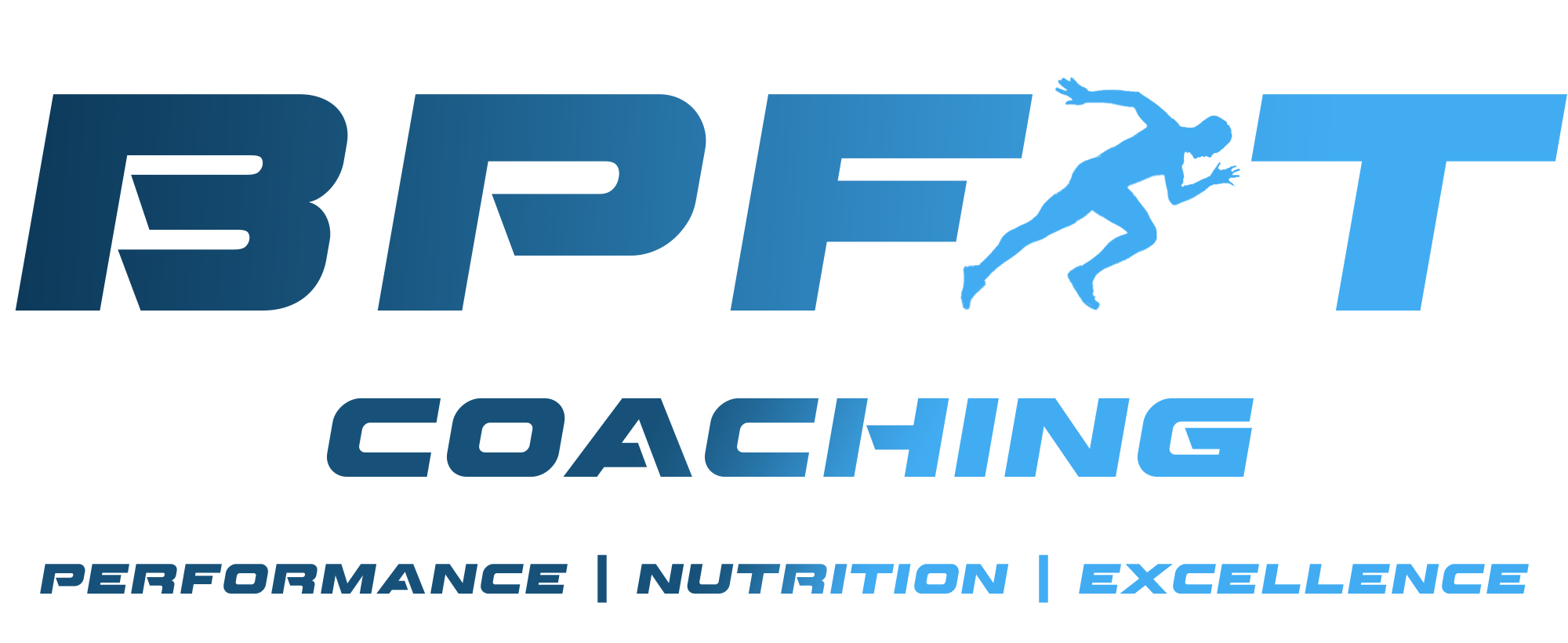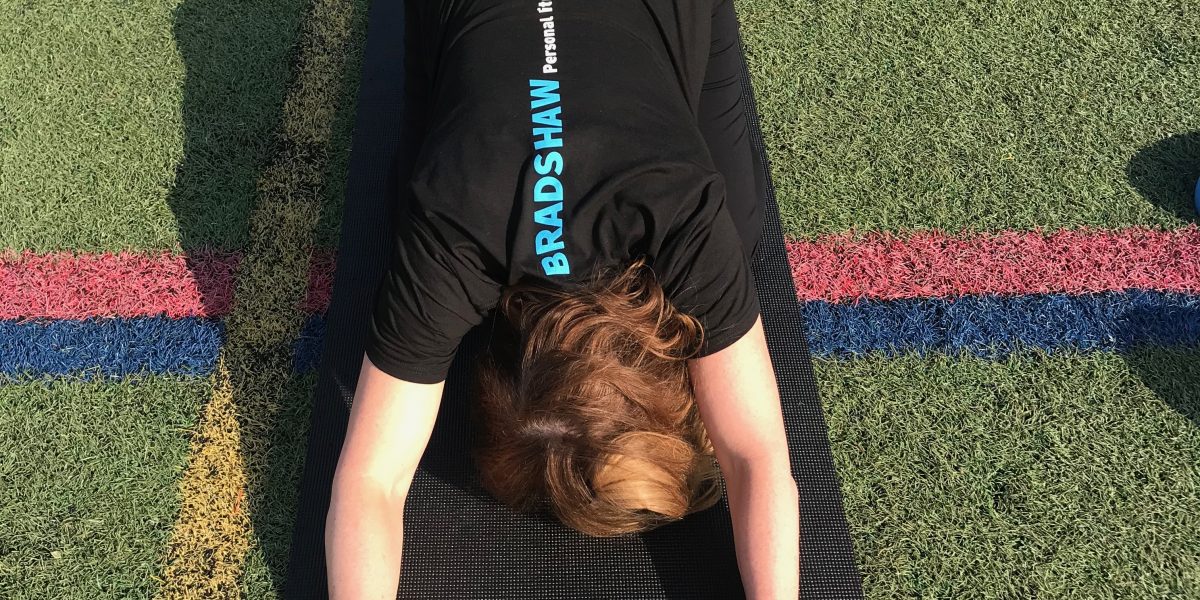Most people will experience low back pain at some point in their life. As health and fitness professionals when a client or athlete comes to us with symptoms, the first thing we should do is listen to what they have to say. We need to make a detailed history of their symptoms, lifestyle, activity level and medical history. We must also be mindful to make sure we do not play doctor. If they are cleared to exercise and have been told, your back hurts because you are older now, you need to exercise more, or you sit too much, it is likely they would benefit from improving the function of their body as a whole.
Back pain usually does not develop overnight, (unless it is the result of trauma) it is most likely a result of years of incorrect movement patterns, inactivity, or repetitive athletic activity. Not using the body, the way, it was meant to move can result in pain over time. We are a kinetic chain and if there is a kink in the chain somewhere then overuse in another area will most likely occur which may result in pain or injury.
What should the joints of my body be doing?
The Foot: Stability and Motor Control
The Ankle: Mobility and Flexibility
The Knee: Stability and Motor Control
The Hip: Mobility and Flexibility
The Lumbar and Sacral Region: Stability and Motor Control
The Thoracic Region: Mobility and Flexibility
The Upper Cervical Region: Mobility and Flexibility
The Shoulder Scapular Region: Stability and Motor Control
The Shoulder Joint: Mobility and Flexibility
The above gives us an idea of how things should work, but don’t always. Imagine a mom who has young children and has to pick up their toddler multiple times a day, get laundry out of the dryer every day and pick toys up off the floor all day long. Now imagine she twists at the low back every time she does this…OUCH! The low back was not meant to do this, the thoracic region has more mobility and of course using the hips and legs keeps the back healthy. One day she bends to pick something up and WHAM…. PAIN. Now this didn’t happen from that one time, it happened from repetition of poor movement. It’s like bending a credit card in half and making a crease, it won’t break in half the first time but over time you will probably put a crack in it or it will break in half.
She ends up in your facility and it’s your job to help her. LISTEN to what her lifestyle and her goals, screen her to see what her body actually needs to move better. It is important to think of the body as a unit and not think of individual muscles, it doesn’t work that way and we can’t train it that way. If her mobility and stability improve, and strength is improved more often than not her back pain will go away. The other important factor is, if something hurts don’t do it, it is a yes or no answer, either it hurts or it doesn’t.
One good place to start is by teaching deep breathing which incorporates deep abdominal muscles while performing the basics like, bridging, side lying abduction, supine adduction and quadruped hip extension. Avoiding all rotational exercises and any postures, specific motions and loads that cause pain. (Incorporating foam rolling before the exercises may also be beneficial.) Everyone is different and some people progress quicker than others, most important is to regress and progress appropriately. #movementasmedicine!
Some Example Exercise’s:
Reference’s:
https://www.strengthcoach.com/public/1282.cfm
A Joint-by-Joint Approach to Training

